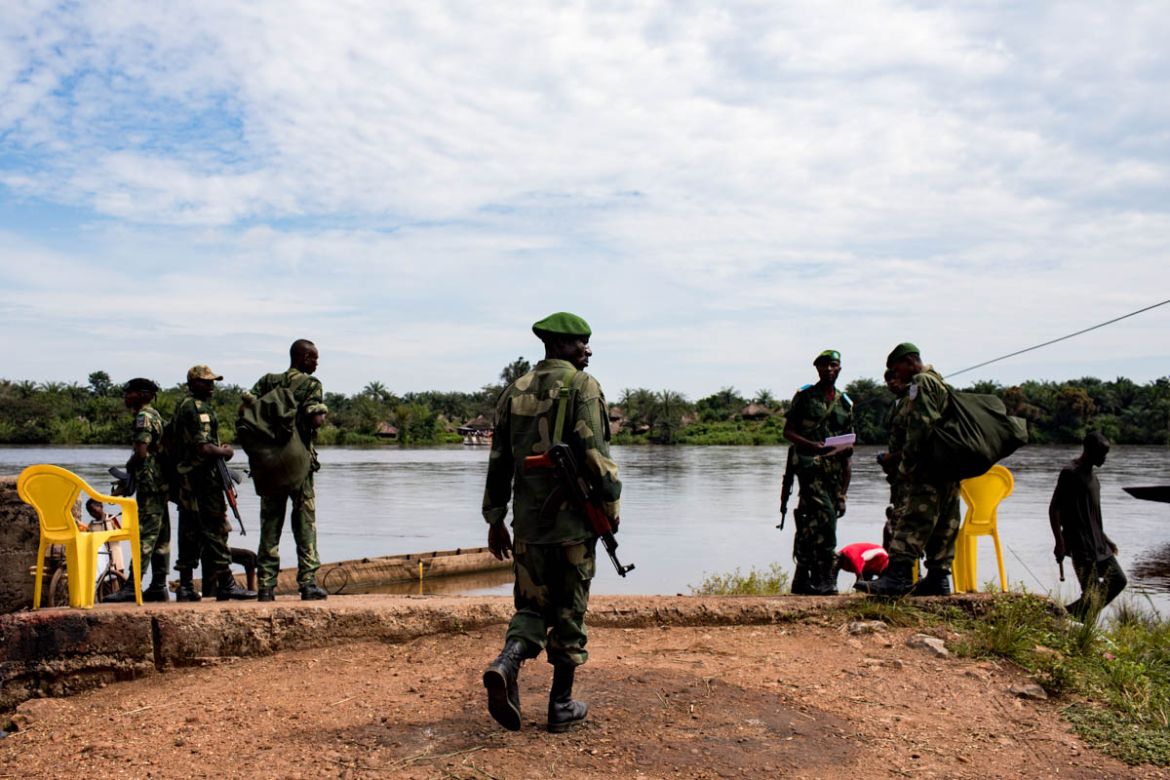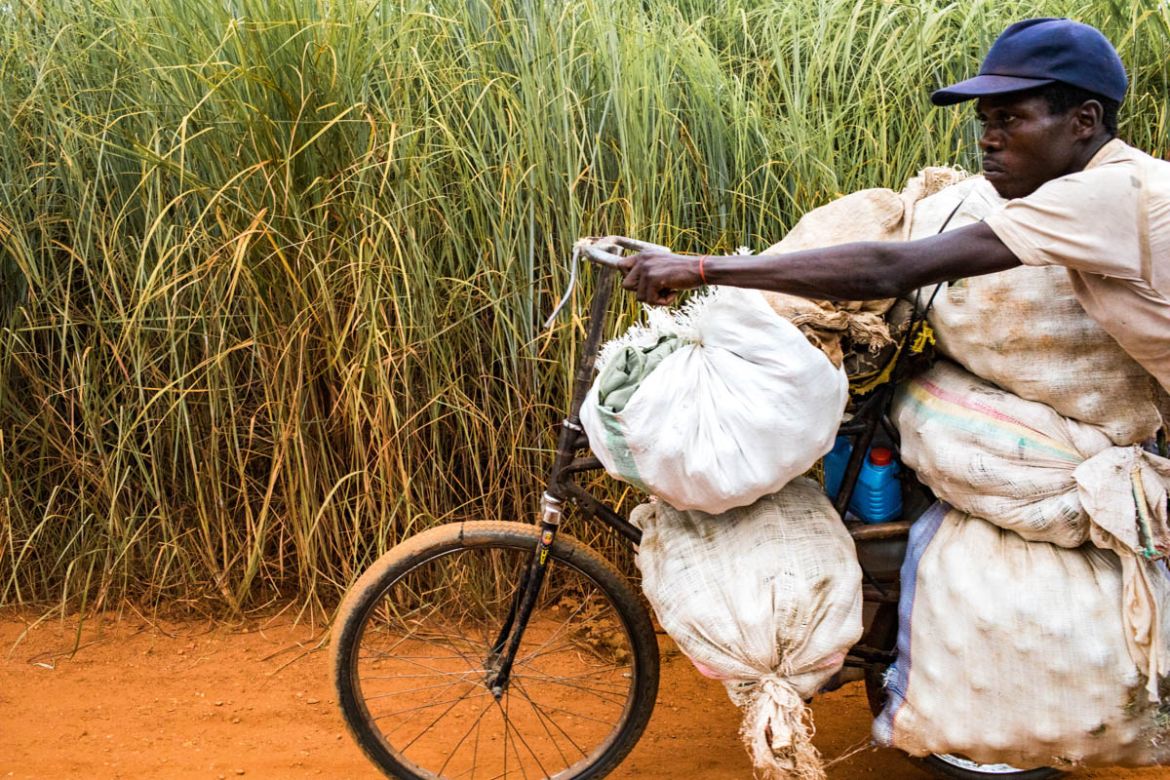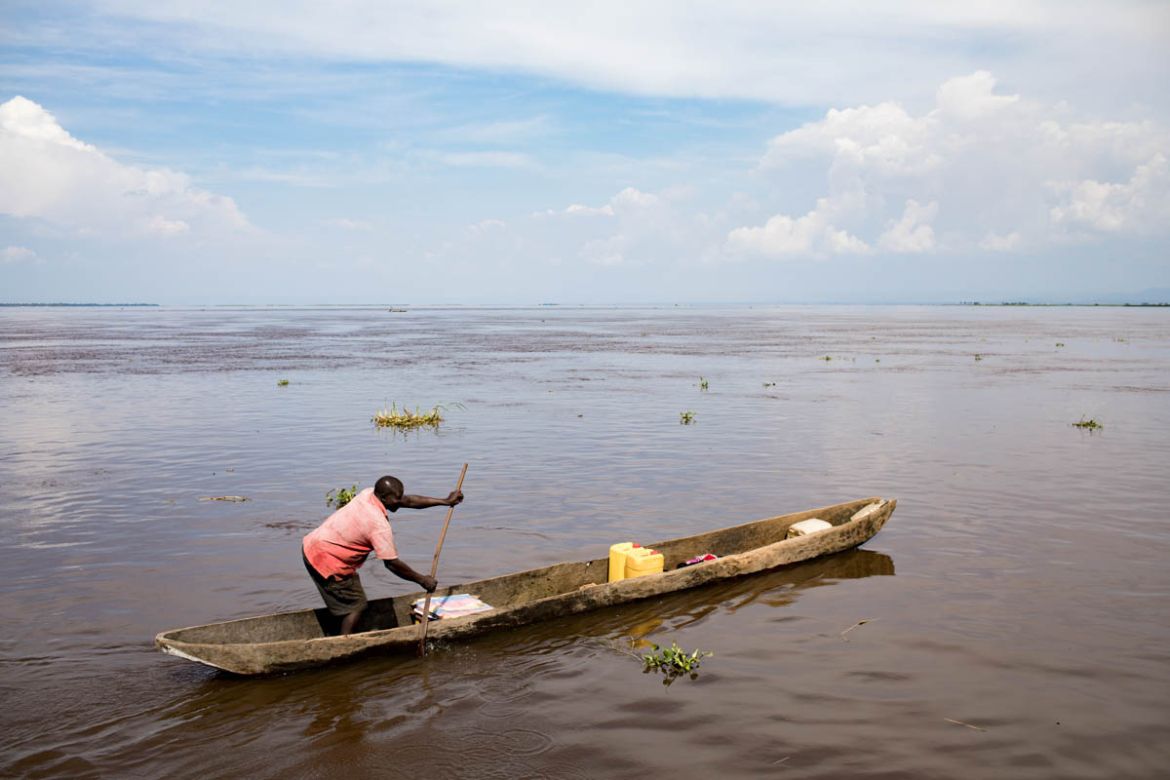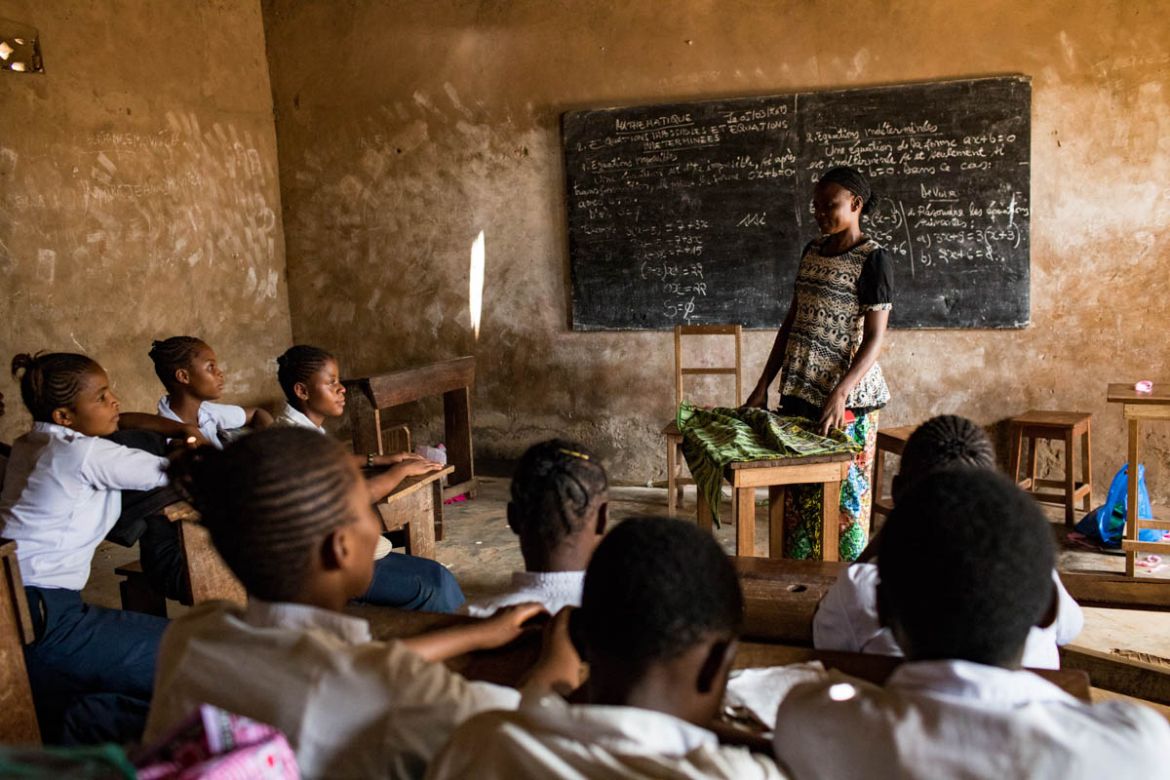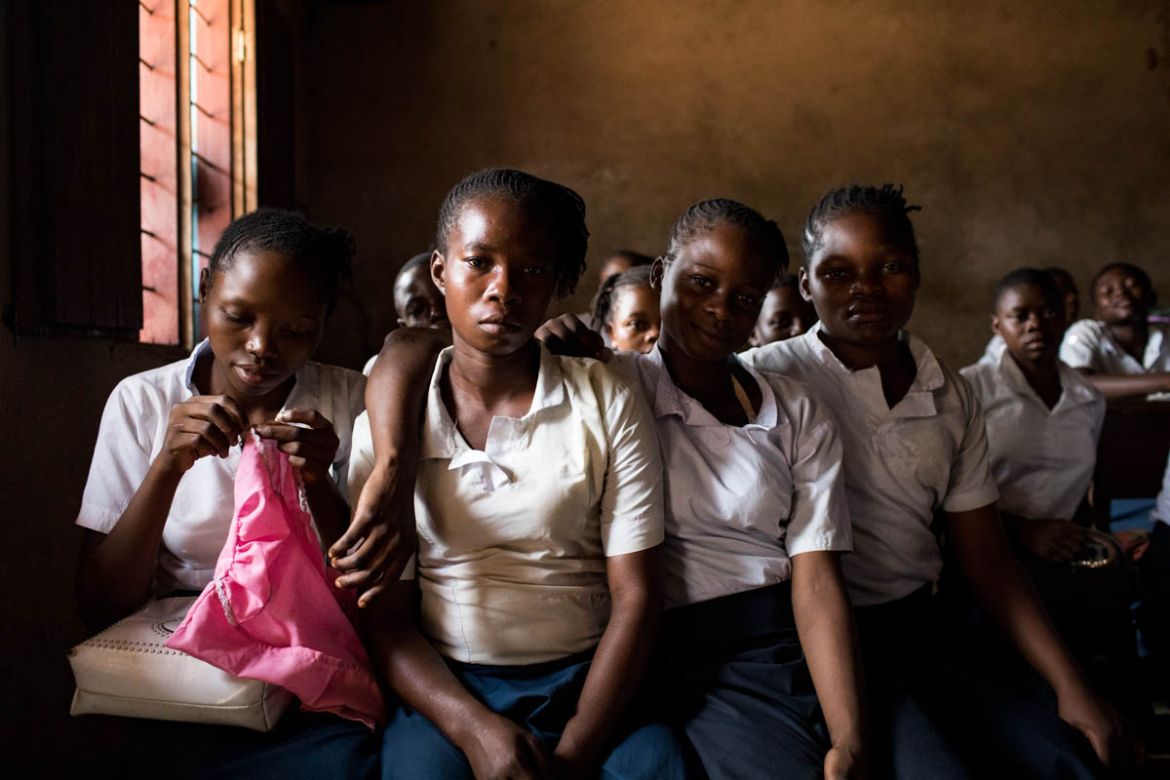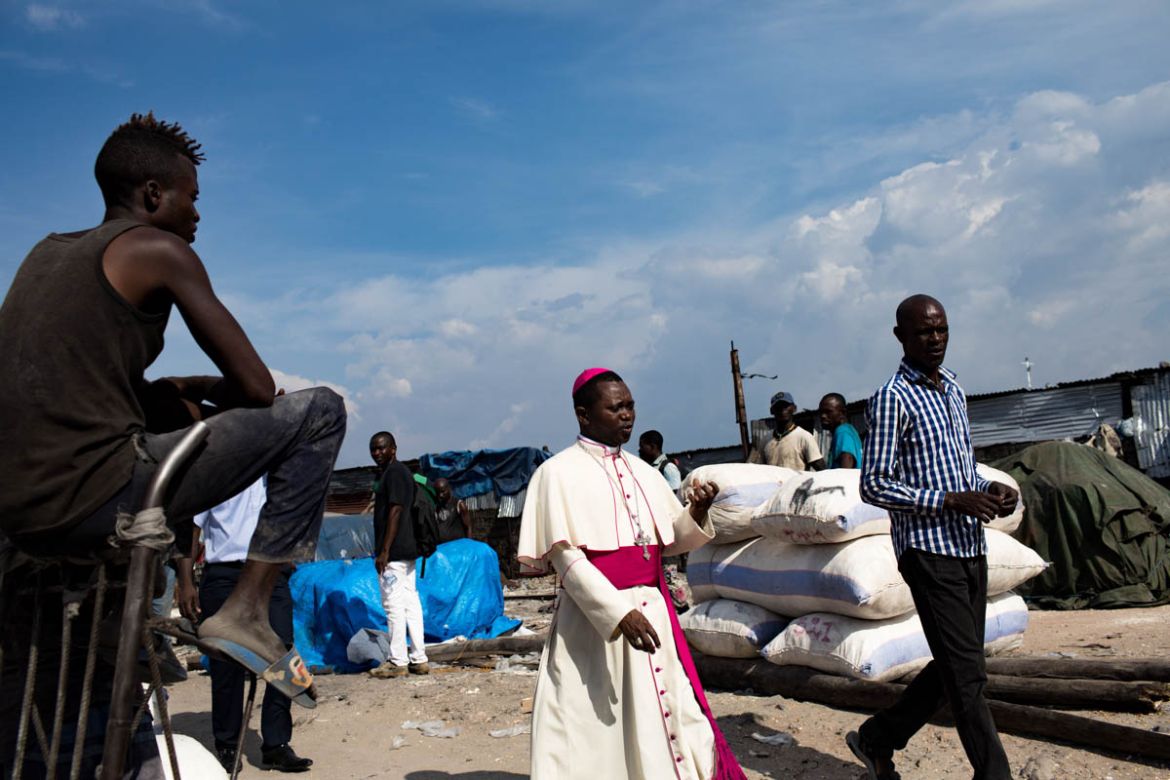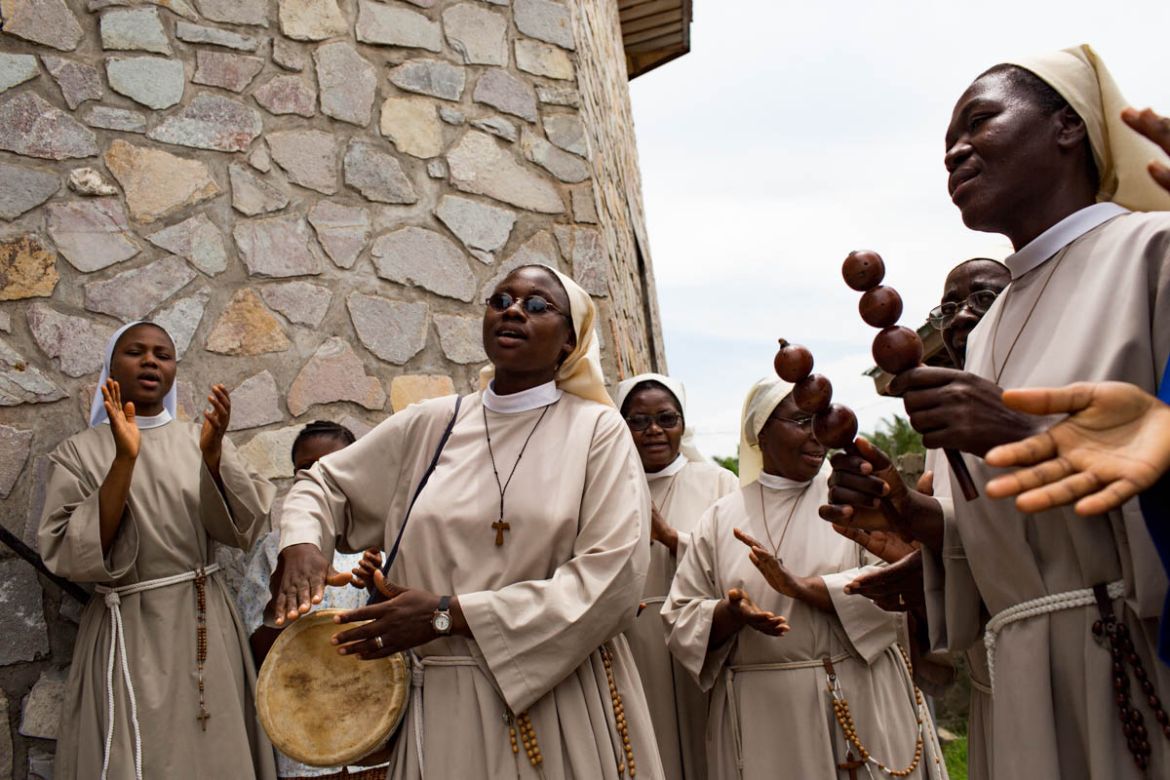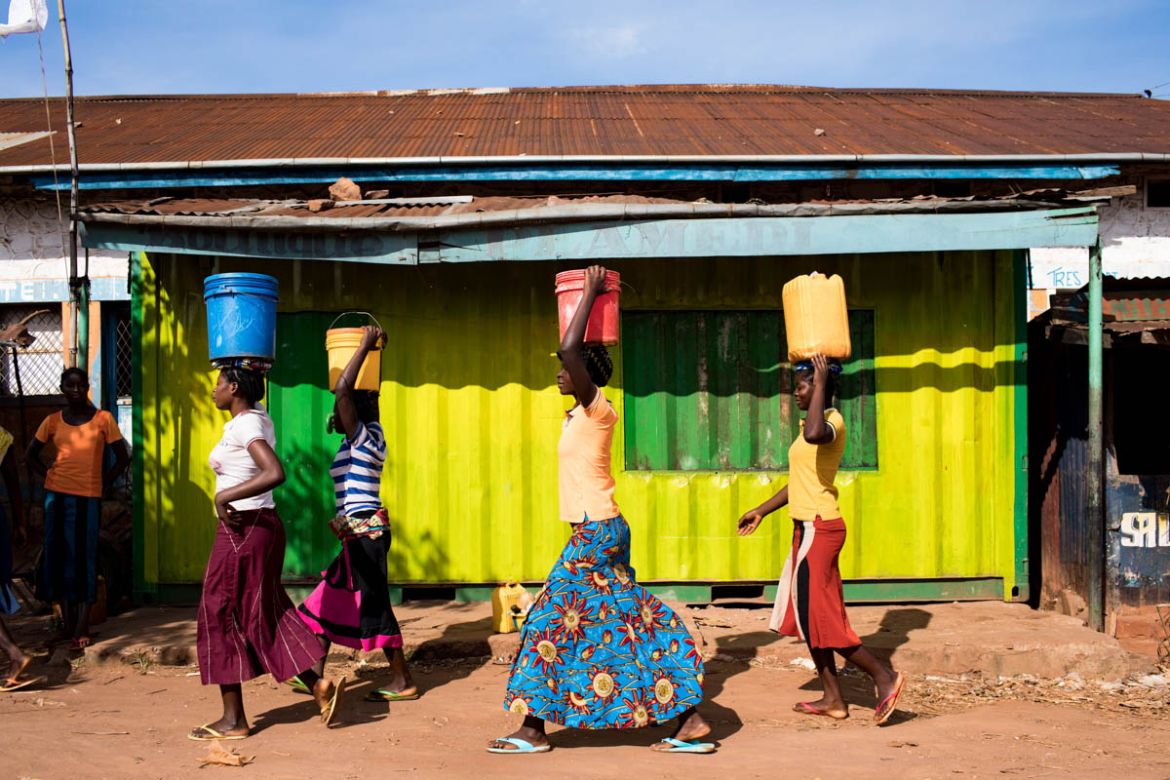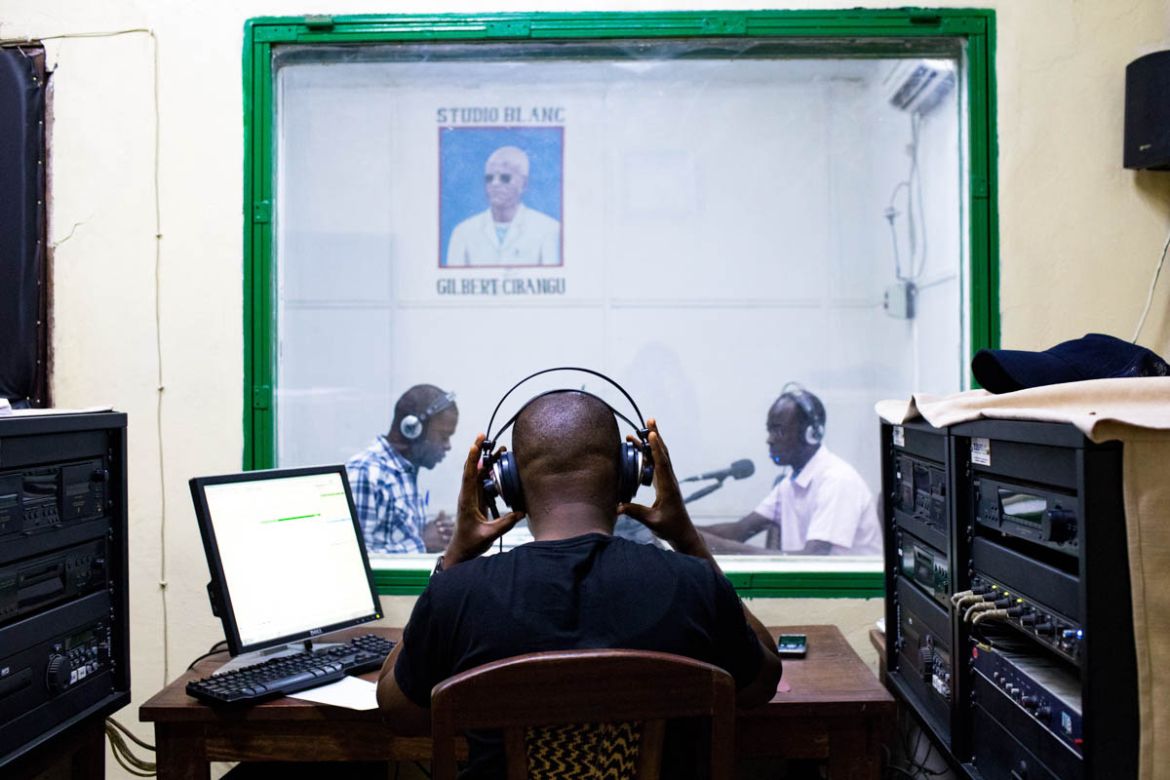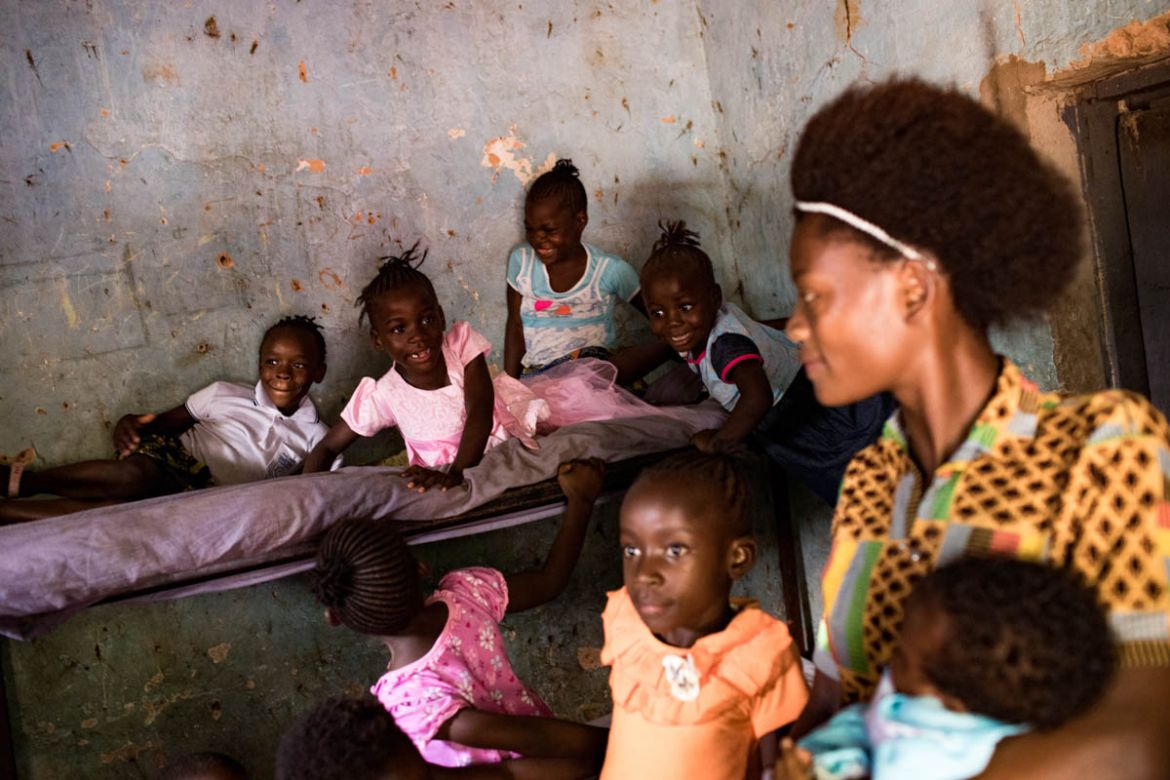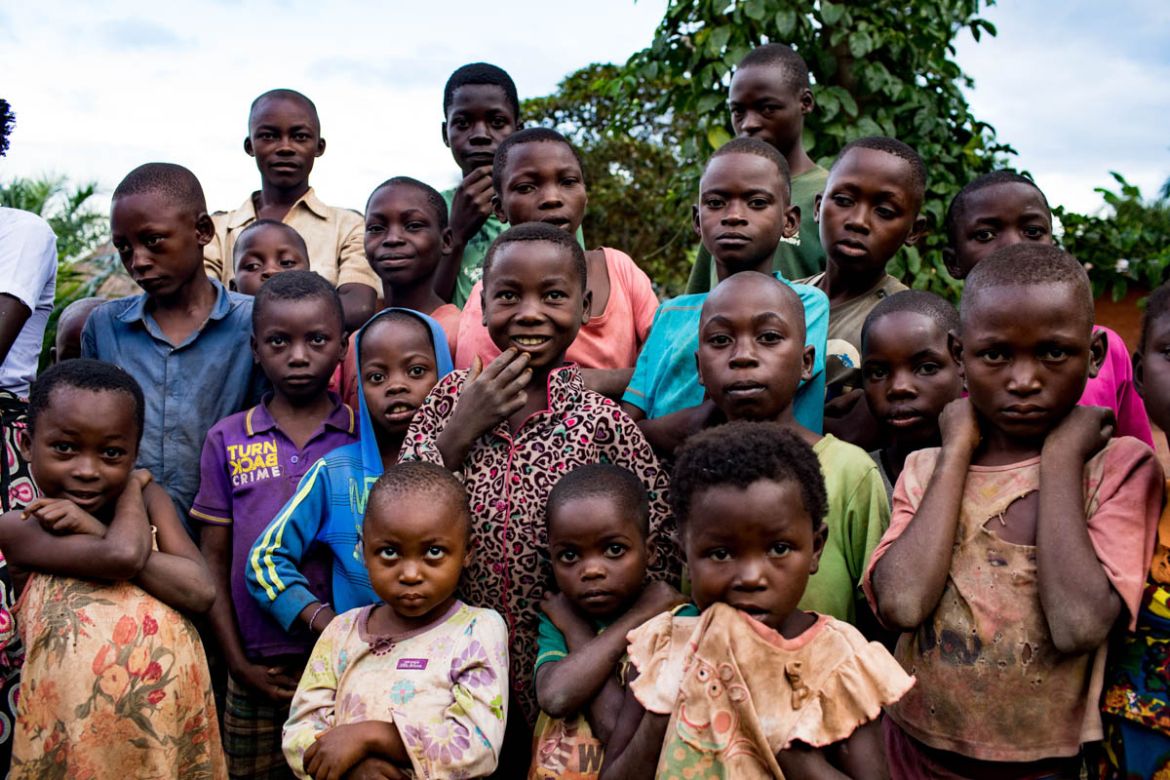In Pictures
DR Congo: Child soldiers and the conflict in Kasai-Central
The conflict in Kasai-Central province has caused the exodus of more than a million people.
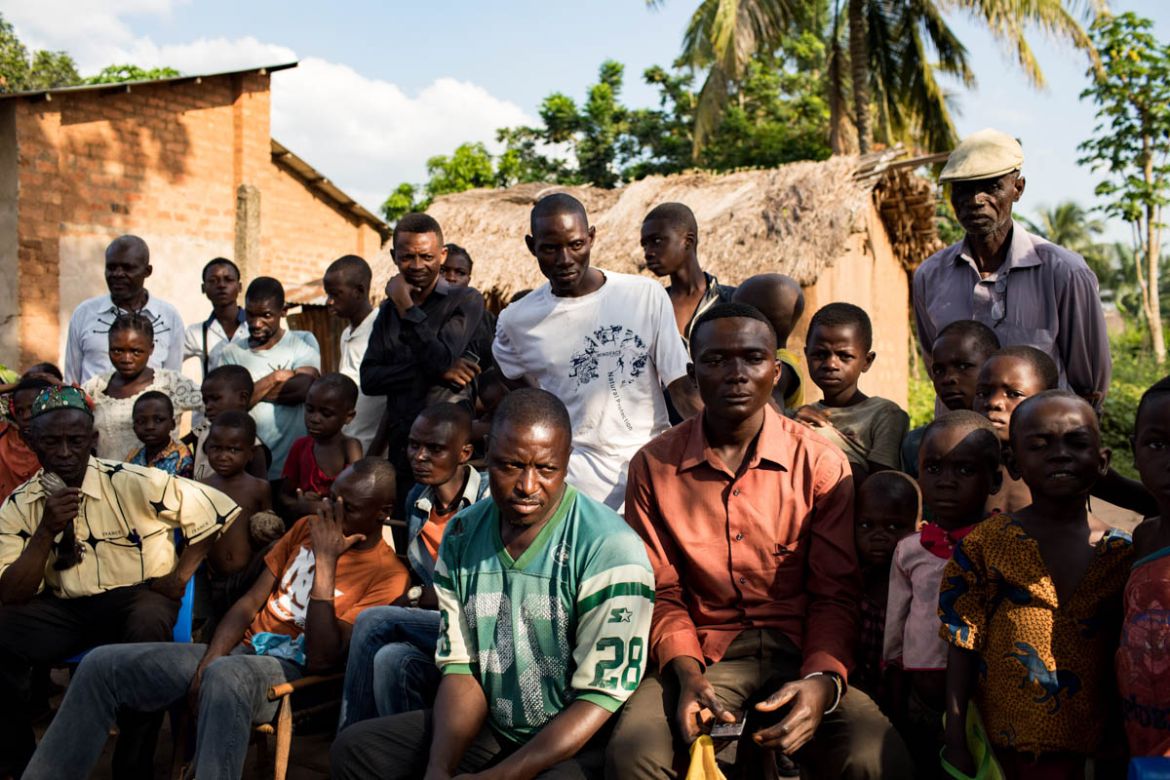
Kananga, Democratic Republic of the Congo – For the past three years, the Kasai-Central province has been the scene of deadly clashes between the Kamuina Nsapu and the Armed Forces of the Democratic Republic of the Congo (FARDC).
The conflict has caused the exodus of more than a million people who are displaced within DRC and more than 30,000 that fled to Angola. Almost four million people are in need of humanitarian assistance, including 2.3 million children.
The conflict started on August 12, 2016, after the death of former Kamuina Nsapu traditional leader Jean-Pierre Mpandi in an assault on his house by the government security forces.
His death triggered an insurrection of armed gangs against the state in a region that had been relatively peaceful for 60 years.
Very quickly, the Kamuina Nsapu armed group started recruiting children from the villages in the region. According to a UNICEF report published in May 2018, 60 percent of the armed group’s members were children.
The army led bloody repression, accusing the civilians of supporting the uprising.
On the ground, there were reports of indiscriminate violence, mass destruction and the use of rape as a weapon of war by both sides.
This new crisis is pushing the province further into major population movements, a decline in agriculture and ever more isolation, and plunging the civilians into an even greater sense of abandonment and frustration.

